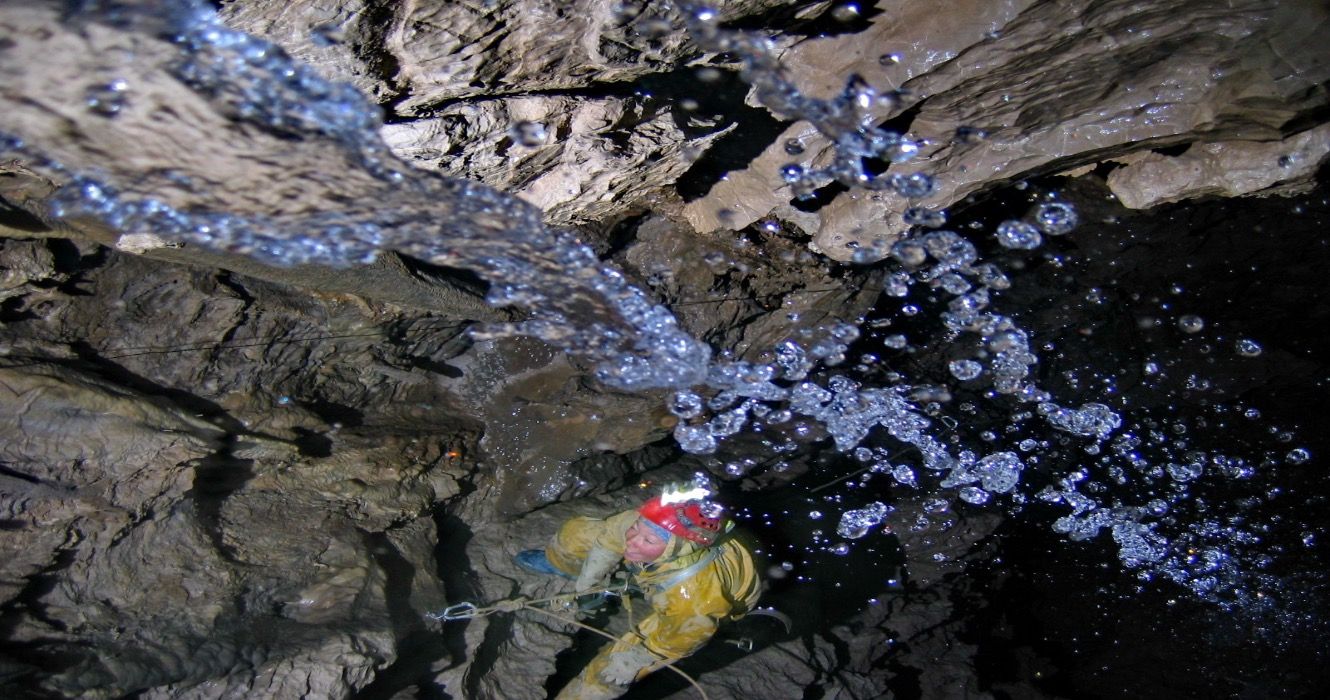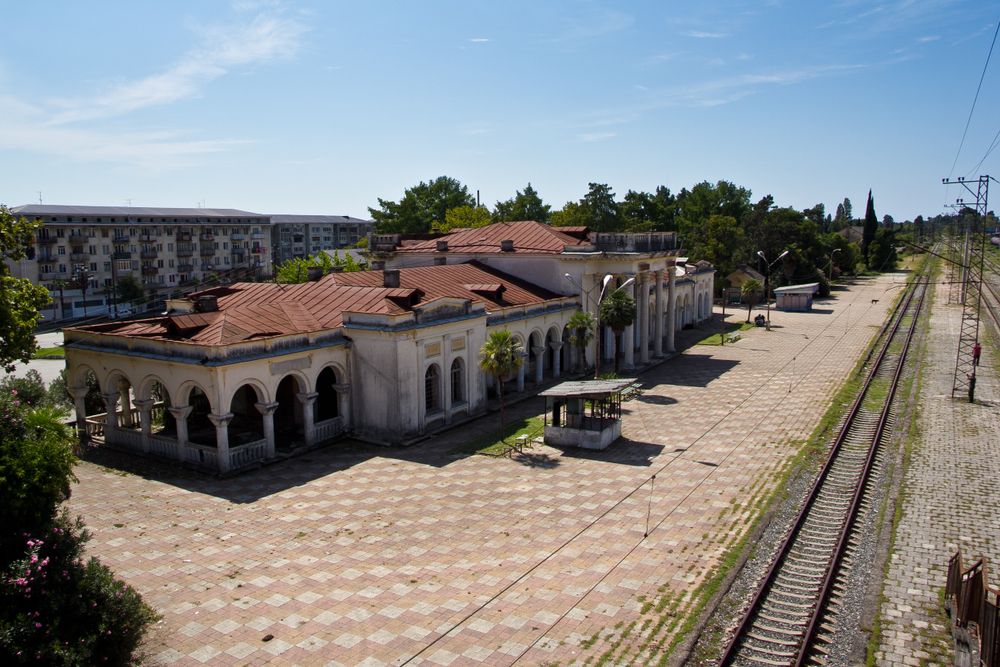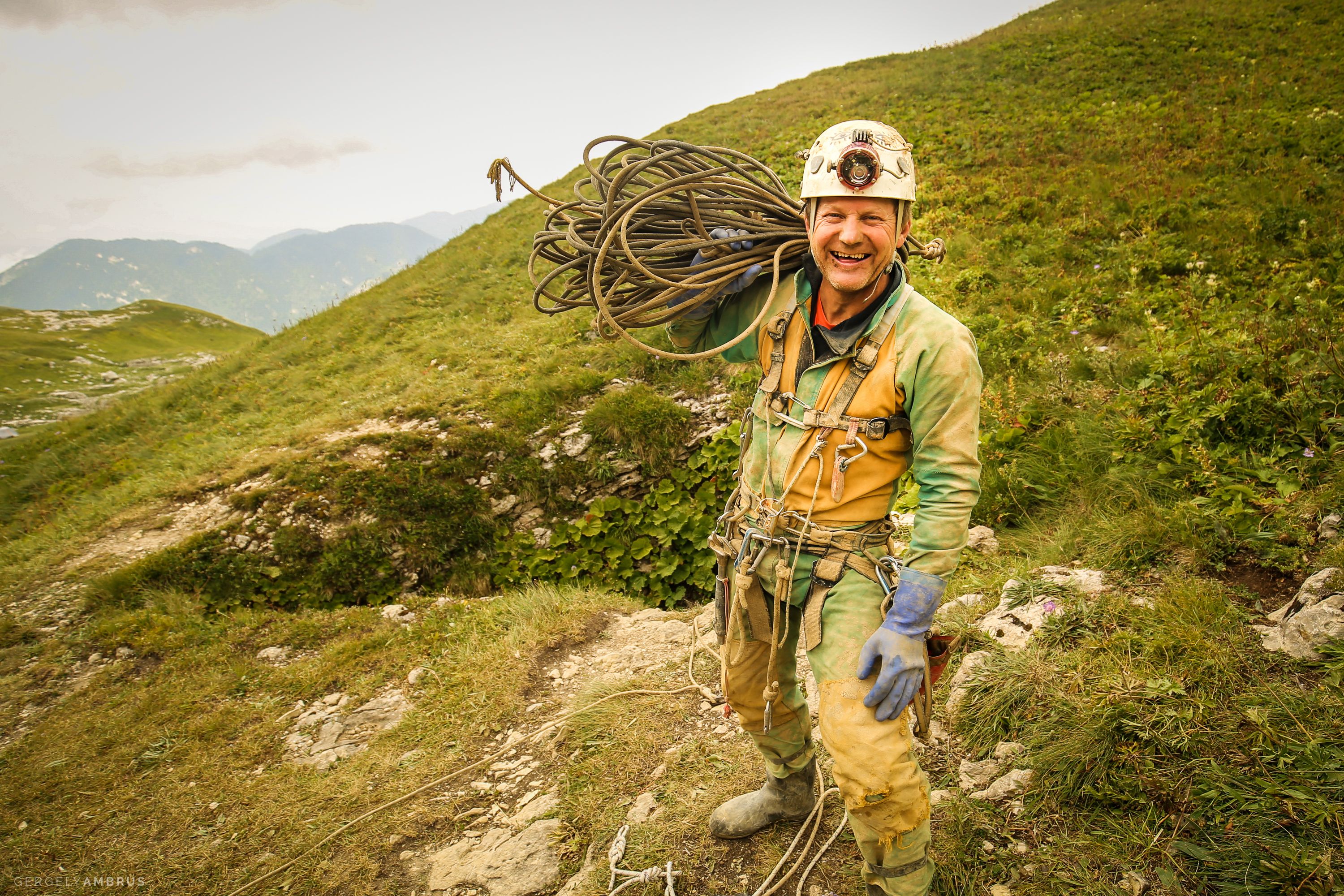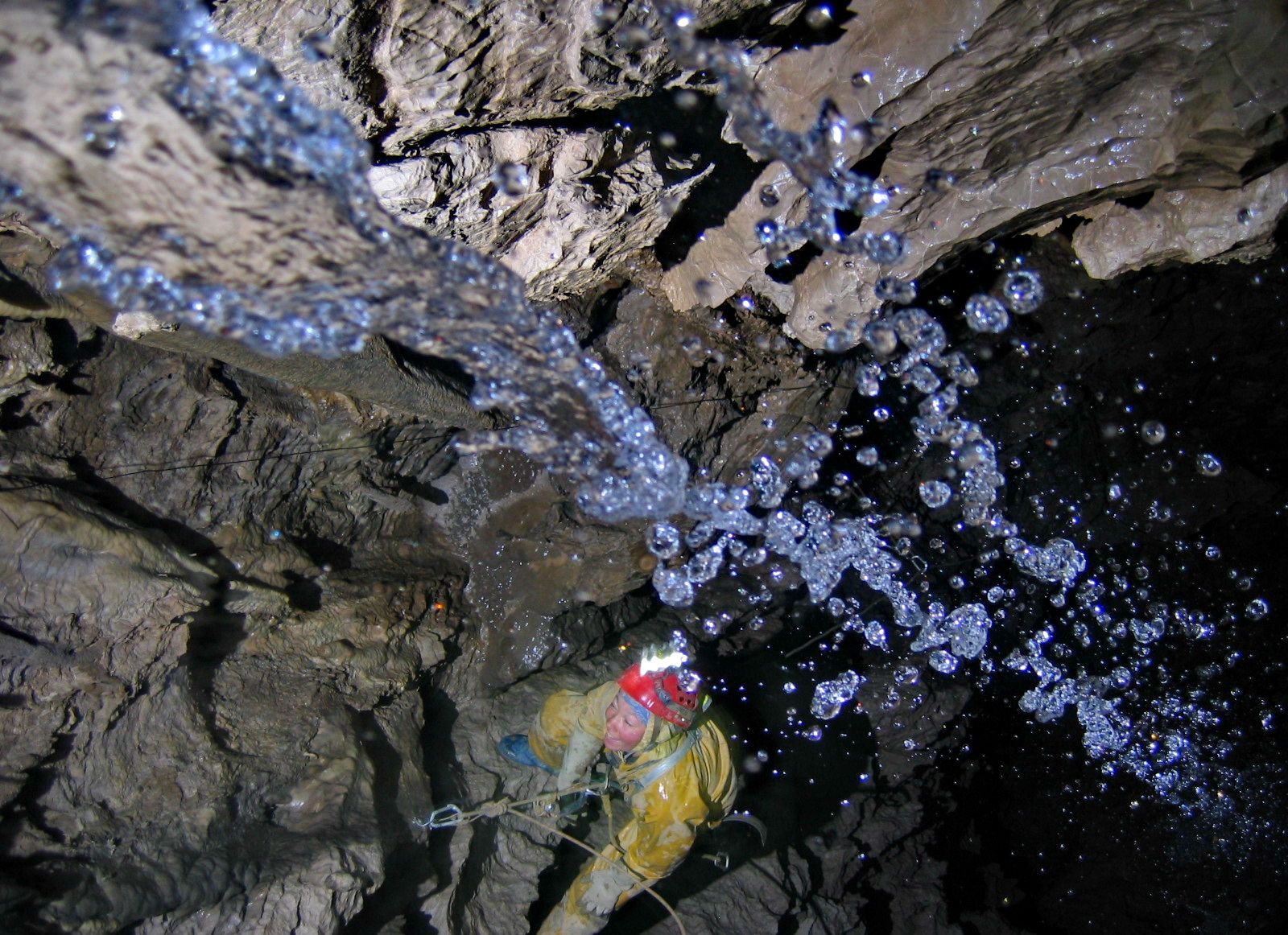Read update
- The Krubera Caves Are Not For The Faint Of Heart
Summary
- Krubera Cave, the deepest cave in the world, is a mystery waiting to be explored. Its intricate cave system and extreme depth pose challenges to even experienced explorers.
- The cave, located in Abkhazia, was named after Russian geologist Alexander Kruber and holds the record for the deepest cave discovered so far.
- The cave's unique features, such as icy chambers and a water-filled basin, make it a fascinating but perilous destination. Only a few daring individuals have ventured into its depths.
Krubera Cave is so deep that it has (rightfully so) earned the nickname of being the 'Everest' of all cave systems. There are many areas on Earth that still remain unexplained and unexplored, such as the deepest parts of the ocean, and intricate cave systems are no different. While there's an air of mystery and intrigue to a cave such as this one, which bottoms out at a depth of 7,208 feet, there's also a level of risk and danger associated with being that far underground.
That's not to say that attempts haven't been made to reach this cave's depths, and each year, new teams attempt to 'summit' to its bottommost point. However, the intricacy of the cave, combined with the building pressure as the lower one descends, leads to complicated trips. Only those who are abundantly prepared and knowledgeable in the inner workings of caves such as this are permitted to attempt the descent, and even then, it's not an easy journey. Krubera was only discovered in 1960, making it a fairly recent discovery in terms of other geological wonders.
It's located in Abkhazia near the Black Sea and was only declared the deepest cave on earth back in 2001, until which the Lamprechtsofen cave previously held the title. Not even the deepest caves in the world compare to Krubera, so it's certainly worth the trip if you're up for an adventure.
UPDATE: 2023/10/27 12:44 EST BY NOAH STAATS
The Krubera Caves Are Not For The Faint Of Heart
This article has been refreshed with new information regarding the Krubera Cave system, as well as some history as to when it was found, who did most of the exploring, and why it remains pretty unknown. Krubera is a force to be reckoned with: perhaps we should leave it be.
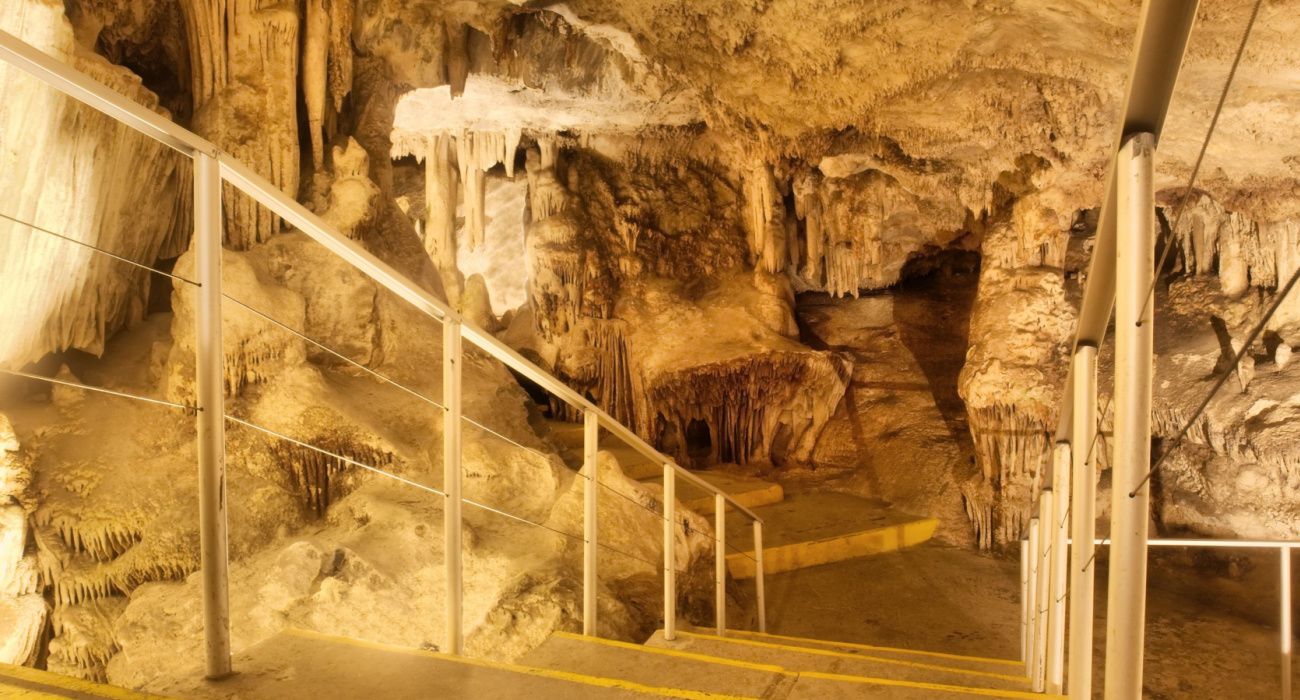
Why The Massive Cango Caves Are One Of The Most Popular Attractions In South Africa
The Cango Caves are some of the oldest attractions in South Africa and they offer an adventure into a very different world.Why The Krubera Cave System Is So Important
- The Krubera Cave is located in Abkhazia.
- Krubera originates from the Russian geologist who researched it heavily: Alexander Kruber.
Because of its somewhat mysterious location and history, the Krubera Cave remains one of the world's more interesting systems. The cave, located in the separatist region of Abkhazia, was named after Russian geologist Alexander Kruber and has since become a place of occasional exploration and discovery. Of course, this isn't like most caves where someone can simply walk in, but requires tactical gear and an experienced explorer. Therefore, anytime we learn something new about it, more questions than answers usually arise.
Krubera Cave was declared the world's deepest cave in 2001 when Ukrainian speleologists reached a depth of 1,710 meters, a record that holds true to this day. Many speculate the cave goes far deeper, reaching parts of the Earth humans, quite frankly, should not be going down to.
It's also one of the most difficult cave systems to enter, exit, and be inside, hence why so little is known about it. For now, we'll rely on a few adventurous souls to do the searching for us.
Vermont also has a few impressive caves that might be worth checking out for those who can't make it across the world to Krubera.
Inside The Krubera Cave's Depths
- Krubera Cave boasts a deep underground network with chambers filled with ice.
This cave is truly an incredible demonstration of what life looks like deep underground. At depths that humans rarely see, the inner workings of Krubera Cave are like something out of a movie, and its landscape seems surreal. Cave explorers must be lowered down to its depths, and rather than having dry tails like many shallow caves, Krubera has a sump at the bottom, which is basically a water-filled basin. This pit isn't the only place where water is found in the cave, and experts have even found a frozen waterfall that accounts for more water drainage, leading to more chambers that are filled with icy H2O. This frozen waterfall is only one of its tremendous features, however.
The underground channels in the cave are nearly impossible for any human to squeeze through or attempt to navigate without some indication of direction, turning it into a literal labyrinth. This underground network of channels and tunnels is water-filled and precise, with no telling where turns will go or where each route will empty into. In 2005, National Geographic assembled its own global team to attempt to map out some, if not all, of this cave's intricate network system. They came back with incredible photos and recordings of the expedition as well as a detailed map of all the areas they were able to explore. Even after all of that, however, the cave still has not been explored in its entirety.
Cosquer Cave is another more recently found cave system worth checking out.
The 2012 Explorations Of Krubera Cave
- Researcher/diver Gennadiy Samokhin explored the cave in 2012, the location of more areas that had previously not been accounted for.
Years later, in 2012, a professional diver by the name of Gennadiy Samokhin added his own exploration to the list of known channels in the Krubera Cave. He made it to the terminal sump was grand enough that it made way for a new world record regarding cave diving and Krubera Cave, becoming the biggest, - boldest - act of exploration to date for depths such as these.
The area where Krubera is located isn't easy to get to by any means, either. It's in a remote area of Abkhazia, in the Arabika Massif Mountains. Knowing this, it's easy to understand why the entire area - even above ground - of Abkhazia has been under-explored, leading to plenty of mystery and curiosity around both the cave and its immediate surroundings. One thing that's no longer a mystery about the cave, however, is the type of creatures that dwell in it. This is limited to microorganisms and insect life, which includes spiders, beetles, scorpions, and even shrimp. In order to reach the bottom of the cave where these creatures dwell, it took teams a whopping two weeks to slowly descend to such depths.
Not only is this cave in a remote location, but it takes an extraordinary amount of time - and a brave team - to make discoveries such as this. There's still much left that's unknown regarding Krubera, and interestingly enough, it's not the only cave that remains wholly unexplored. Comparable to the Mariana's Trench, Krubera will likely remain a mystery until scientists can decipher a way to explore its subterranean channels without posing significant risks to the divers whose job it is to map out these tunnels. Until then, all we know is what we have, and what we have is a mystery that exceeds any other cave depth on this earth.

